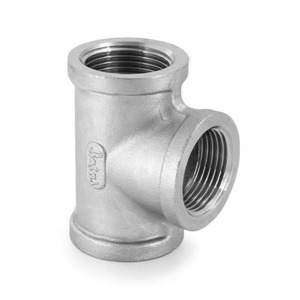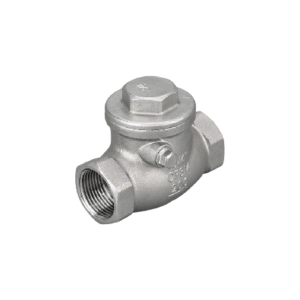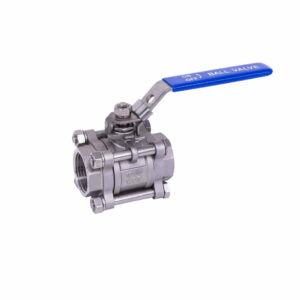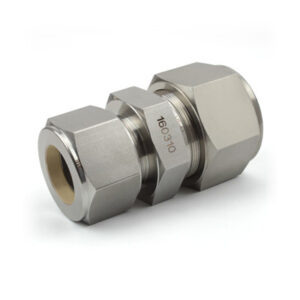FRACTIONAL TUBING
Fractional tubing refers to tubing that is sized according to fractional inch measurements, commonly used in industries such as instrumentation, hydraulic systems, and fluid handling. Here’s a specification for fractional tubing:
- Material: Fractional tubing is typically made from various materials, including:
- Stainless Steel: Provides excellent corrosion resistance and durability, making it suitable for harsh environments and high-pressure applications.
- Copper: Offers good conductivity and thermal properties, often used in plumbing, HVAC, and refrigeration systems.
- Brass: Combines corrosion resistance with machinability, commonly used in plumbing, instrumentation, and hydraulic systems.
- Aluminum: Lightweight and corrosion-resistant, suitable for applications where weight reduction is critical, such as aerospace and automotive industries.
- Plastic (such as PVC, nylon, or polyethylene): Offers chemical resistance and flexibility, used in less demanding applications or where cost-effectiveness is important.
- Size: Fractional tubing sizes are specified in fractional inch measurements, such as 1/8″, 1/4″, 3/8″, 1/2″, 5/8″, 3/4″, 1″, etc. The actual outer diameter (OD) and wall thickness may vary depending on the material and application requirements.
- Wall Thickness: The wall thickness of fractional tubing can vary depending on the material and intended application. Standard wall thicknesses are often specified, but custom thicknesses may also be available.
- Pressure Rating: The pressure rating of fractional tubing depends on various factors, including the material, wall thickness, and operating conditions. Stainless steel tubing, for example, can withstand higher pressures compared to copper or plastic tubing.
- Temperature Rating: The temperature rating of fractional tubing is determined by the material used. Stainless steel tubing can typically withstand a wide range of temperatures, while plastic tubing may have more limited temperature capabilities.
- Features:
- Seamless or Welded Construction: Fractional tubing may be available in seamless or welded construction, depending on the material and manufacturing process.
- Annealed or Hard Temper: Depending on the material and application, fractional tubing may be available in annealed (soft) or hard temper for different levels of flexibility and strength.
- Corrosion Resistance: Materials like stainless steel, copper, and brass offer excellent corrosion resistance, ensuring long-term reliability in corrosive environments.
- Compatibility: Fractional tubing is compatible with various fittings and connectors, allowing for easy installation and assembly in piping or tubing systems.
- Application:
- Fractional tubing is used in a wide range of industries and applications, including:
- Instrumentation and control systems
- Hydraulic and pneumatic systems
- Plumbing and HVAC (Heating, Ventilation, and Air Conditioning)
- Fluid handling and process piping
- Automotive and aerospace industries
- It is commonly used for conveying fluids, gases, or liquids from one point to another, as well as for structural and support purposes.
- Fractional tubing is used in a wide range of industries and applications, including:
- Standards Compliance: Fractional tubing may comply with various industry standards and specifications, such as ASTM, ASME, ANSI, DIN, ISO, and others, depending on the material and application requirements.




